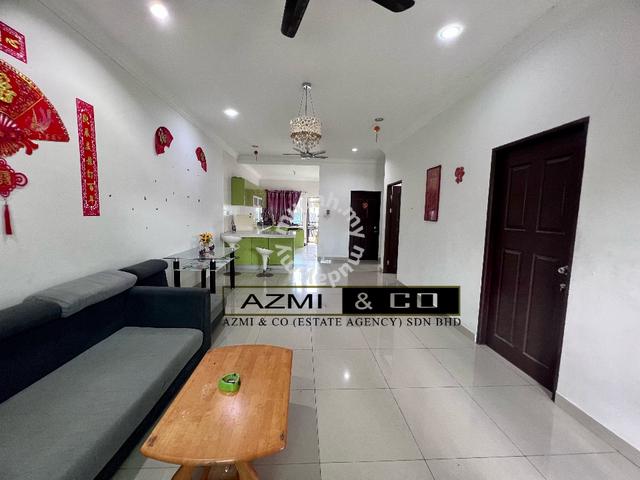

Miri had transformed itself from a small village to a city. Figure 2 shows the photo of Miri in 2020. At that time, Miri was a little fishing village with less population and development. Other input to the economy includes timber, oil palm products, tourism, and Curtin University.įigure 1 shows the photo of Miri in 1929. The earnings from these resources are a significant contributor to the nation’s economy. Miri has almost entirely depended on its rich resources of oil and natural gas. This enables Miri to later develop itself as a city in year 2005.

This is in part due to the economic opportunities generated by the oil industry but also due to progressive nature of its inhabitants. Since oil was discovered in 1910, it has been more vibrant than other towns in Sarawak. It made up of only a few houses and the people were traders in jelutong, brassware, belacan or shrimp paste, and fishing was their livelihood. Miri was one of Sarawak’s little fish villages. Population of Miri City is approximately 356,900 people in year 2020 (Economic Planning Unit Sarawak, 2020), which makes it the second most populous city in Sarawak. It is the second largest city in Sarawak covering an area 5,143 square km (Economic Planning Unit Sarawak, 2020). Miri City is located on Borneo Island in East Malaysia.


 0 kommentar(er)
0 kommentar(er)
